A lot has happened since 1995. Smartphones, streaming, googling and graphene … Youtube stars and Netflix, Amazon and Brexit … banking crash, Obama, Crispr and the Mars rover … Twin Towers, vaccines, England’s got the same Queen … you get the idea. All the wonders and terrors of the 21st century were just around the corner and we were all much younger, still unironically partying like it was 1999. In that year, a group of chemists got together and curated a list of their subject’s ‘holy grails’. In this special we’re exploring what has become of that list.
At just eight topics, the list is hardly exhaustive, but nor is it meant to be. There were many worthy and fascinating chemistry queries in 1995, and there are even more today – as the original editors noted, these areas are a ‘tiny fraction of the goals in chemistry deserving critical study’. Their aim, Richard Zare recalls, was to highlight ‘promising pathways’ as a challenge to curious minds – a gauntlet as much as a grail. You may agree with their choices but I suspect you’ll have plenty of your own suggestions too. I hope there’s at least something that rouses your curiosity, but if not you’d still be in good company: in a letter to the issue’s editors back in 1995 Linus Pauling declined to participate, saying he didn’t have ‘any interest in the Holy Grails mentioned’.
What is clear is that each grail has posed a challenge big enough, and a prize worthy enough, to attract the attention and effort of chemists for decades. And as Philip Ball notes, it’s the journey they’ve taken that matters, not the destination. Which is what we’ve tried to focus on in this collection: tracking those journeys and mapping the pathways of science over a quarter of a century, to to ask ourselves, ‘Well, how did we get here?’ The topics are a lens to look at the often meandering method of science – to see how it brings us answers to our questions, but often by indirect routes.
Of course, there have been predictable changes and anticipated discoveries in each area, and much of the progress has been by the patient, incremental inching that typifies good science. But there are also many surprises, and looking back we can see how those unexpected changes have brought new ideas and directions for research. In 1995, cuprates were the hottest thing in high-temperature superconductors, and they’re still the material of choice for most in that area. But two decades later, a few researchers compressing metal superhydrides look like they will actually scoop the prize.
We’ve also explored the publication data to reveal other each aspects of these stories. For example, some areas represent a sizeable portion of our community (it will surprise no one to learn that coaxing C–H bonds into chemistry attracts more chemists than any of the other grails) while others are niche subjects confined to relatively small groups of specialists. Our bibliometric analysis also reveals something about the character of each field – some are highly connected and collaborative, others more insular. And we get some hints of how answers uncovered in one field are connected to questions in another. We also see some of the changes in our society reflected here: water splitting and solar fuels papers, for example, have seen a huge surge over the last decade.
In that respect it’s worth noting that the Nobel prize in chemistry in 1995 was awarded to Paul Crutzen, Mario Molina and Sherwood Rowland for revealing the impact of CFCs on the ozone layer. 25 years later, the damage is now slowly being reversed, but that’s largely thanks to political and economic action, not scientific. These grails (and many other fields of chemistry) could deliver truly transformational technologies, but as we face the immediate crisis of Covid-19 and a looming climate crisis, we should remember that science won’t change much on its own.
Still, science has a vital role to play, and it’s clear that every answer it supplies brings many more questions too. Personally, the most exciting aspect of reviewing 25 years of research has been the realisation that there’s so much more to come. What lies ahead waiting to be discovered?
Roll on 2045…

Searching for the holy grails of chemistry

How has science progressed over 25 years?
 Currently
reading
Currently
reading
We seek the grail
- 2
- 3
- 4
- 5
- 6
- 7
- 8
- 9
























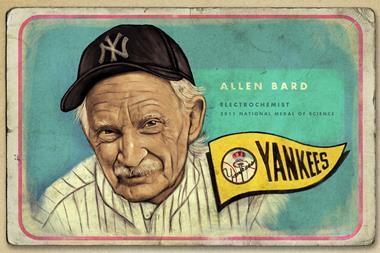
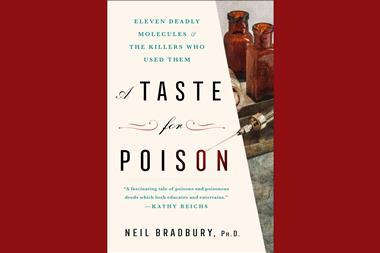

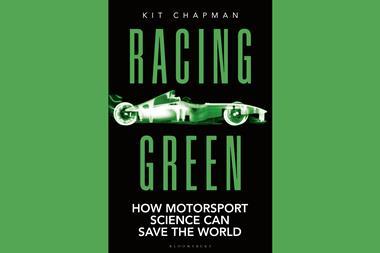


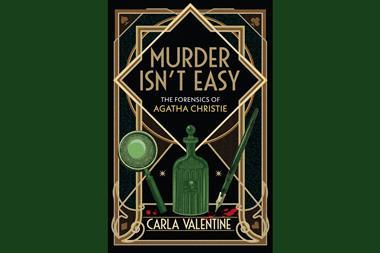




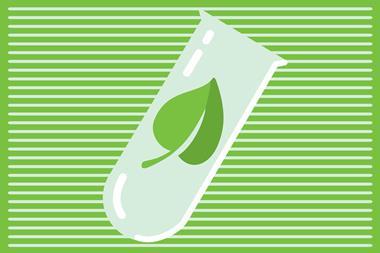

No comments yet